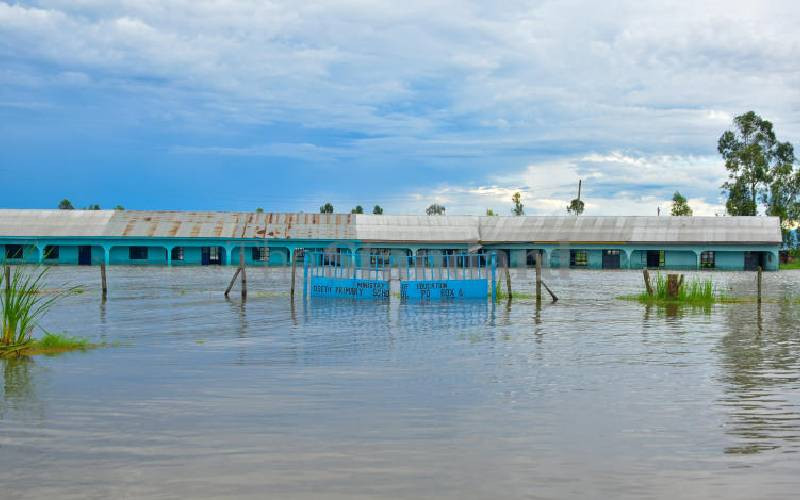
Rapid growth in extraction of materials is the main culprit of climate change and biodiversity loss, according to a report released at UNEA-4.
The Global Resources Outlook 2019 warns that the problem is likely to worsen unless the world urgently undertakes a systemic reform of how it uses resources.
The report examines the trends in natural resources and their corresponding consumption patterns in the 50 years since 1970 as it aims to support policymakers in strategic decision-making and transitioning to a sustainable economy.
Prepared by the International Resource Panel (IRP), the report shows over the past five decades, the population has doubled and global domestic product has increased four times.
“Modelling undertaken by the IRP shows that with the right resource efficiency and sustainable consumption and production policies in place, by 2060, growth in global resource use can slow by 25 per cent,” said Izabella Teixeira, co-chair of the panel.
Janez Poto?nik, another co-chair of the panel, said global domestic product could grow eight per cent – especially for low- and middle-income nations – and greenhouse gas emissions could be cut by 90 per cent compared with projections for continuing along historical trends.
The report finds that, in the same period, annual global extraction of materials grew from 27 billion tonnes to 92 billion tonnes by 2017. This will double again by 2060 on current trends.
According to the report, the extraction and processing of materials, fuels and food make up about half of total global greenhouse gas emissions and more than 90 per cent of biodiversity loss and water stress. By 2010, land-use changes had caused the loss of approximately 11 per cent of global species.
“The Global Resources Outlook shows that we are ploughing through this planet’s finite resources as if there is no tomorrow, causing climate change and biodiversity loss along the way. Frankly, there will be no tomorrow for many people unless we stop,” said Dr Joyce Msuya, acting executive director of UN Environment.
If the historical trends continue, global material use will grow by 110 per cent from 2015 levels to reach 190 billion tonnes by 2060 and resource use to grow from 11.9 tonnes to 18.5 tonnes per capita.
Between 2010 and 2060, total cropland would increase by 21 per cent with the largest increases coming in Africa, Europe and North America.
However, the report shows, the wealthiest countries still needed 9.8 tonnes of materials per person in 2017, mobilised from elsewhere in the world, which is also driving this trend.
“The study shows that in order to realise international goals such as Paris Agreement, Land Degradation Neutrality of the Convention to Combat Desertification and Sustainable Development Goals, while staying within the planetary boundaries, we need an urgent and systemic transformation of how we use and manage natural resources,” said Dr Msuya. [Protus Onyango]
Stay informed. Subscribe to our newsletter
 The Standard Group Plc is a
multi-media organization with investments in media platforms spanning newspaper
print operations, television, radio broadcasting, digital and online services. The
Standard Group is recognized as a leading multi-media house in Kenya with a key
influence in matters of national and international interest.
The Standard Group Plc is a
multi-media organization with investments in media platforms spanning newspaper
print operations, television, radio broadcasting, digital and online services. The
Standard Group is recognized as a leading multi-media house in Kenya with a key
influence in matters of national and international interest.
 The Standard Group Plc is a
multi-media organization with investments in media platforms spanning newspaper
print operations, television, radio broadcasting, digital and online services. The
Standard Group is recognized as a leading multi-media house in Kenya with a key
influence in matters of national and international interest.
The Standard Group Plc is a
multi-media organization with investments in media platforms spanning newspaper
print operations, television, radio broadcasting, digital and online services. The
Standard Group is recognized as a leading multi-media house in Kenya with a key
influence in matters of national and international interest.






